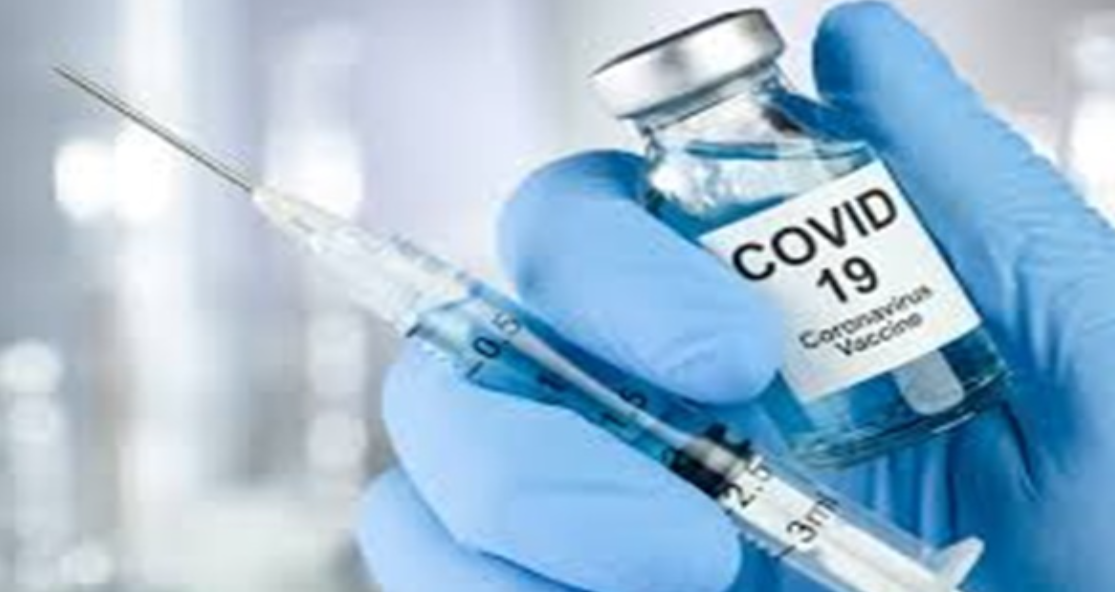NEW DELHI: In what could be a major breakthrough in the field of medical science, scientists have developed a laser camera which could read a person’s heartbeat at a distance and identify underlying cardiovascular illness symptoms.
Experts believe that the AI laser used in the camera that reads heartbeat through the throat could replace stethoscopes.
Researchers at Glasgow University told The Guardian that the system, equipped with AI and quantum technologies, could “transform the way we monitor our health”.
“This technology could be set up in booths in shopping malls where people could get a quick heartbeat reading that could then be added to their online medical records,” Professor Daniele Faccio of the university’s Advanced Research Centre told the news outlet.
Alternatively laser heart monitors could be installed in a person’s house as part of a system for monitoring different health parameters in a domestic setting,” he said.
Additional devices would encompass monitors designed to detect abnormalities in blood pressure or subtle alterations in gait — early indicators of Alzheimer’s disease.
Faccio highlighted the significance of remotely monitoring an individual’s heartbeat, as it could offer valuable insights.
Currently, physicians employ stethoscopes for heart rate monitoring. Devised in the early 19th century by the French surgeon René Laënnec, who aimed to avoid placing his ear directly on a female patient’s chest, a stethoscope comprises a disk-shaped resonator. Placed on a person’s body, it captures internal sounds, transmitting and amplifying them through tubes and earpieces to the listening individual.
“It requires training to use a stethoscope properly. If pressed too hard on a patient’s chest, it will dampen heartbeat signals. At the same time, it can be difficult to detect background murmurs, which provide key signs of defects, that are going on behind the main heartbeat,” Faccio told The Guardian.
The system developed by Faccio and his team utilizes high-speed cameras capable of capturing images at a rate of 2,000 frames per second.
A laser beam is directed onto the skin of an individual’s throat, and the reflections are employed to precisely gauge the minute movements of their skin as the main artery expands and contracts due to the force of blood flow. These subtle changes entail motions of only a few billionths of a meter.







